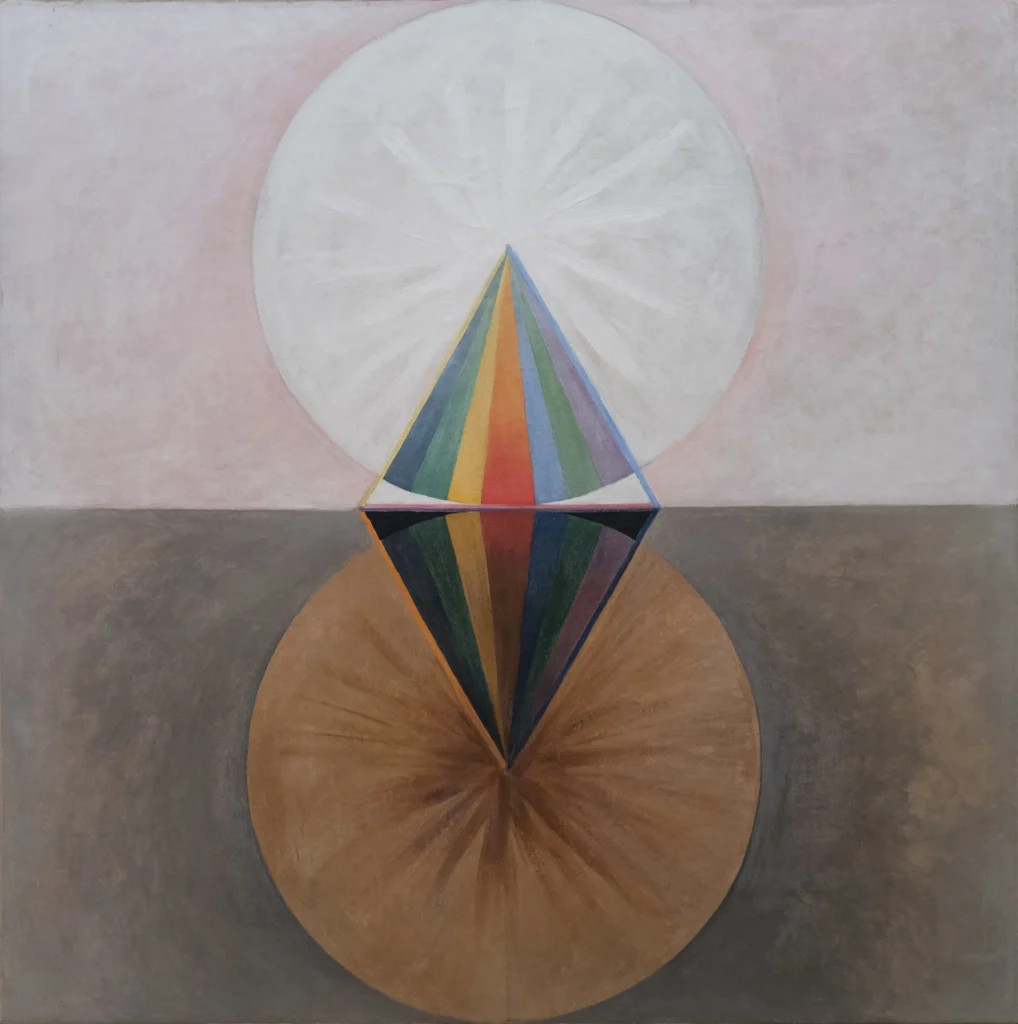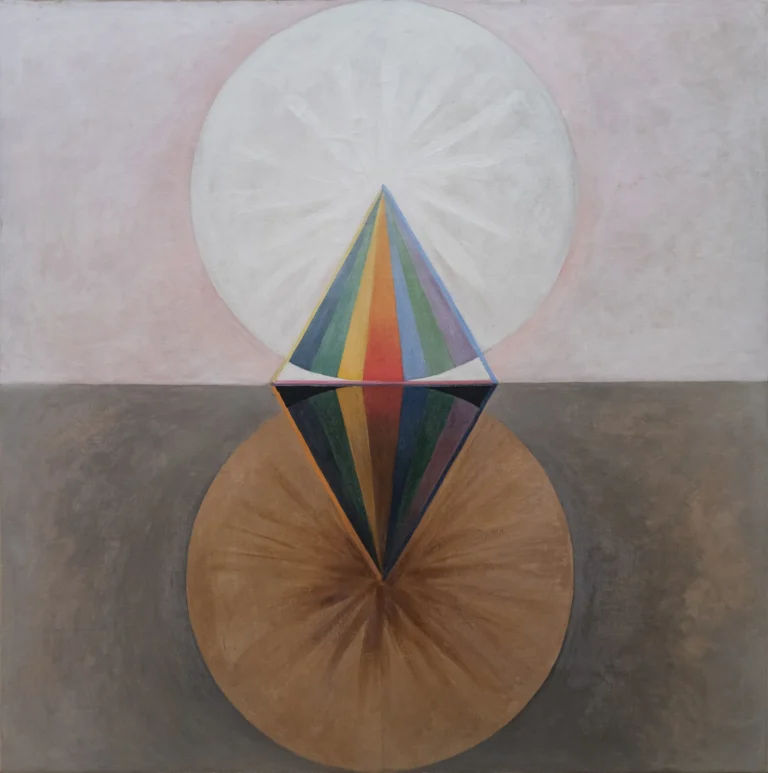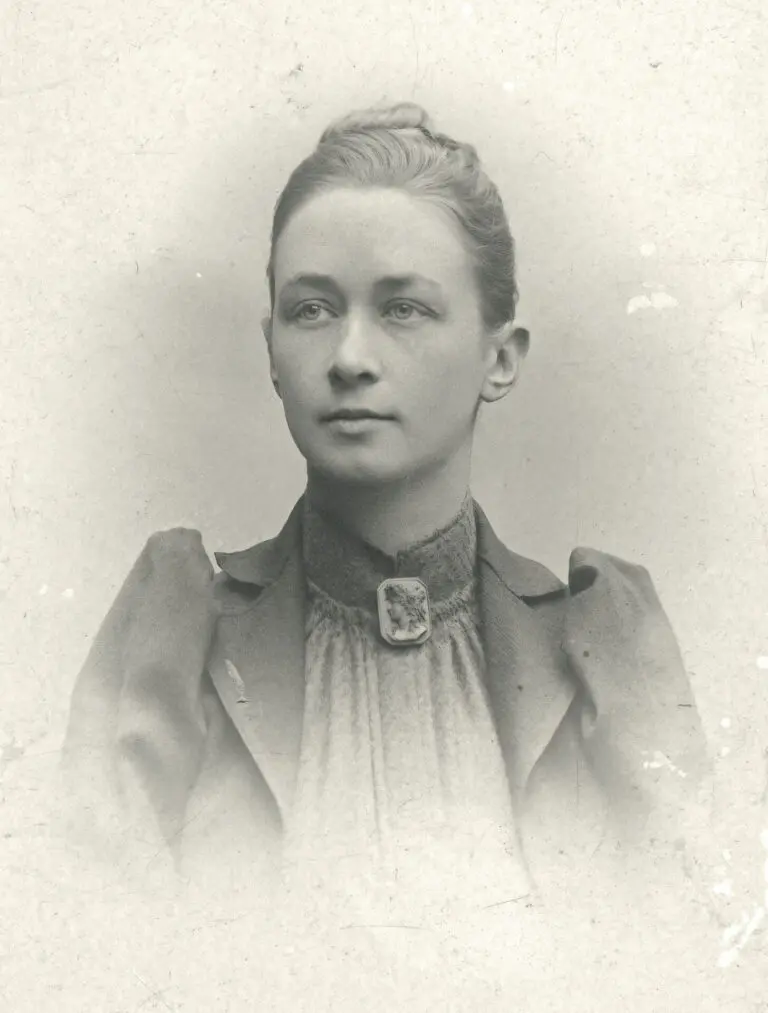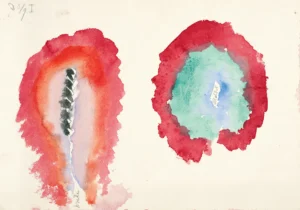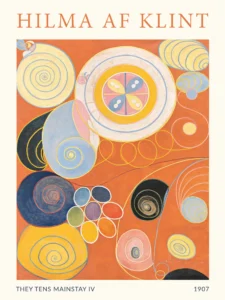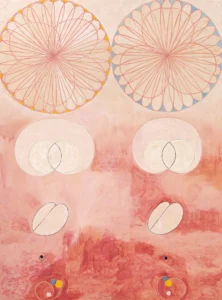The Swan, No. 12, Group IX-SUW (1915)
Created in 1915, The Swan, No. 12, Group IX/SUW is a significant painting by Swedish artist Hilma af Klint, part of her larger series, *Paintings for the Temple*. The swan's depiction symbolizes duality and the union of opposites, embodying deep Theosophical meanings. Af Klint’s style evolved towards more abstract and geometric forms during this period, showcasing her unique color choices and personal expressions. This work demonstrates her deep spiritual beliefs and philosophical explorations, which have become a vital aspect of her artistic legacy.
Year 1915
About the Artwork
Hilma af Klint, a pioneering figure in abstract art, created The Swan, No. 12 in 1915 as part of her Group IX/SUW series, deeply influenced by her spiritual beliefs and engagement with Theosophy. Along with a group of like-minded women known as 'The Five,' she sought to communicate with spiritual beings, leading her to visualize philosophical concepts through her work. The swan, a recurring motif in her art, represents the grand unity of polarities such as light and darkness. This painting marks a pivotal moment in af Klint's artistic journey, as she transitioned to a more abstract form, allowing her spiritual insights and personal expression to shine through in striking color and geometric shapes. Af Klint's legacy serves as a bridge between spirituality and modernism, paving the way for future explorations in art.
Did You Know
Hilma af Klint’s artwork, including The Swan, No. 12, was heavily inspired by Theosophical teachings that explore the spiritual world and the connection between humanity and higher realms. Her involvement with ‘The Five’ group further shaped her artistic expression.
Hilma af Klint is often credited as one of the pioneers of abstract art, with her works such as The Swan, No. 12 predating major movements like Abstract Expressionism, marking her as a visionary who explored abstraction long before it became mainstream.
In The Swan, No. 12, the swan symbolizes the union of opposites and the grandeur of the spirit, reflecting af Klint’s deep philosophical and spiritual exploration regarding duality in existence—a central theme in her numerous paintings.




